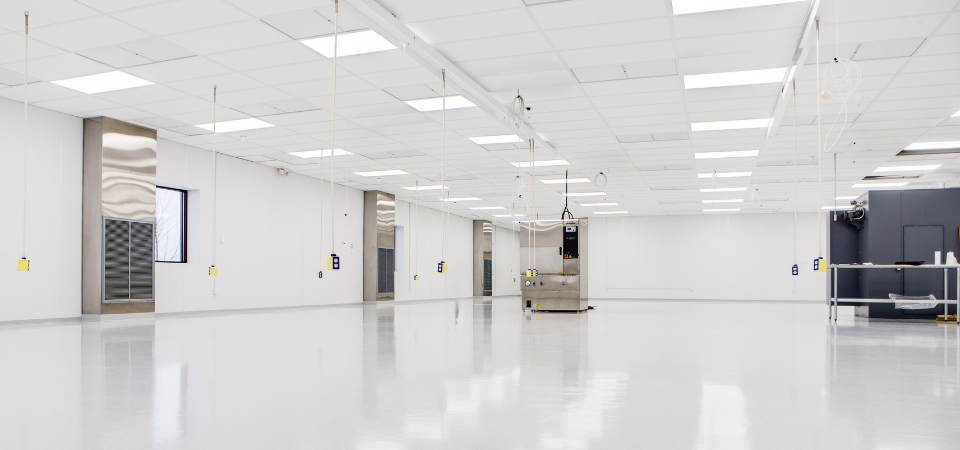QUESTION:
How do cleanroom temperature and humidity affect cost?
Answered By: Tim Loughran
One of the things to be careful of in respect to cleanroom temperature and humidity control, is specifying them at too low or too tight of a tolerance. That translates again into the cost of construction and the cost of operating your clean room.
As an example, humidity is relative - It’s relative to the temperature it’s at. If you were to set your temperature at 70 degrees and 50% relative humidity, at 68 degrees that would be 55% relative humidity. So the difference of those 2 degrees would translate into having to dry that air to get it to a lower moisture content, and that costs significant money.
When you’re trying to control humidity to a very tight tolerance, you’ve got to drive your chilled water down to extract moisture from the environment. Often times this translates into larger chiller because if you try to get it too low you have to do what is referred to as "derate" the chiller. This means that you have to put glycol in that system in order to have the system be able to flow water at a lower temperature or the water closer to freezing. So when you add glycol to it you take the ability for that chiller to transfer heat and you reduce that ability.
So in the example, if you have a 15% glycol mix in your chiller – that takes a chiller that could be 100 tons of cooling and you’ll only get 70 effectively tons out of it. Often times clients make a decision to drive to lower temperatures or lower humidity’s, without clearly understanding what that costs them in terms of upfront costs and operational costs.
Related: How does the cleanroom classification one chooses affect cost?


